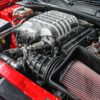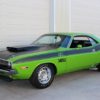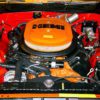When one thinks of epic Chrysler engines there are a few that can come to mind. Everything from the lowly, indestructible, 225ci I-6, to the monstrously epic 426 Hemi. One of the largest, most popular, and the one that made the biggest impact on turning big cars into rocket ships was the 440.
At 7.2 Liters and almost half the price, the 440ci became a main-stay for the performance-minded buyer. Produced from 1965 through 1978, the 440 was used in cars, trucks, boats, RVs and more because of its cost, reliability, and power.
Origins
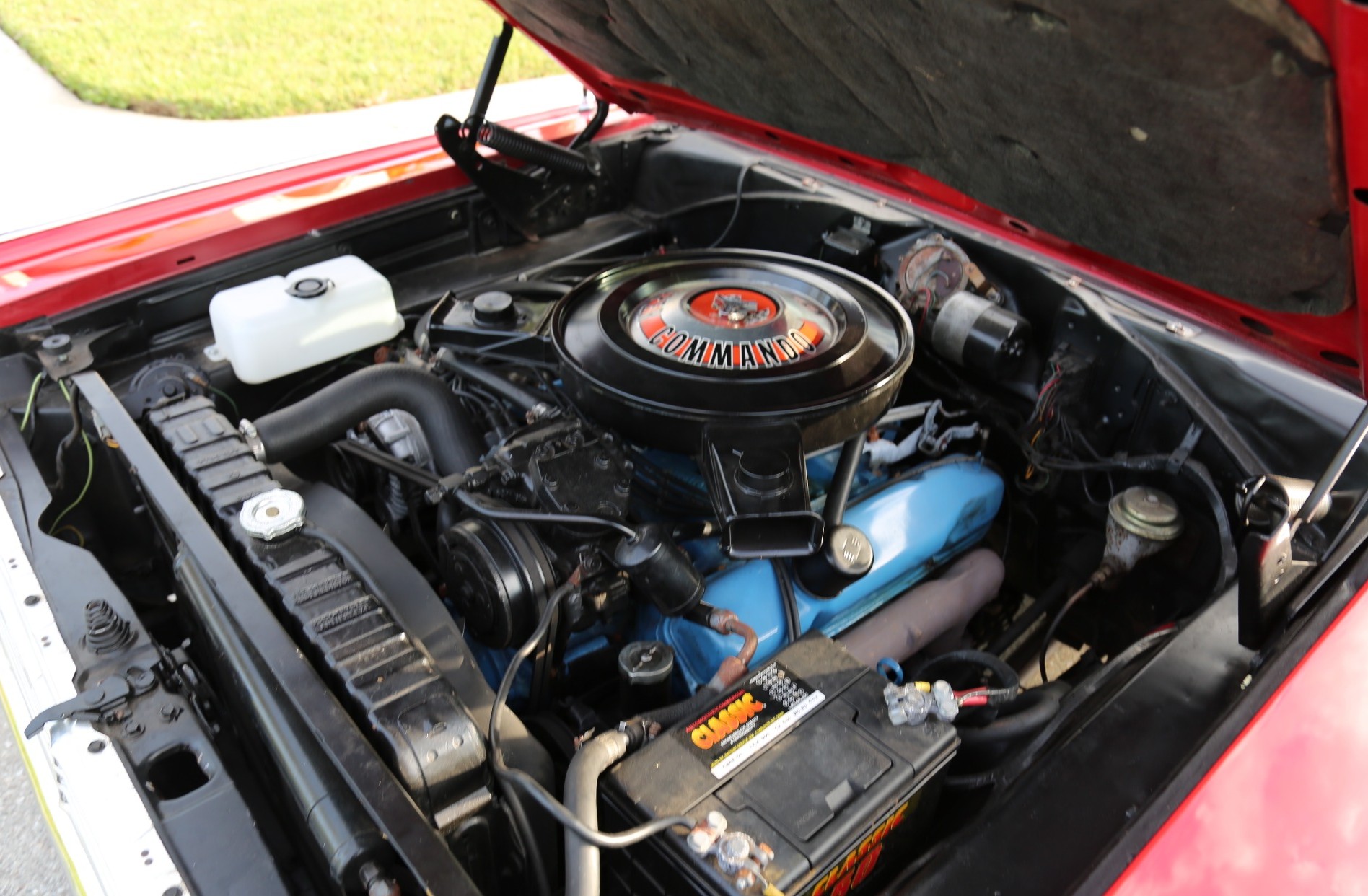
The back story is very simple: out-cubic-inch the competition. Ford and Chevy were already shoving their 427 engines in the faces of customers and Chrysler matching it with another similar sized engine would have been superfluous. Four hundred and forty cubic inches just had an “enormity” ring to it. In reality, the engine was only 13ci different in size and for the most part wasn’t more powerful, but it did give consumers bragging rights over the smaller-named engines.
The 440 still played – and does play – second fiddle to the 426 Hemi. The 440, in highest trim, never matched the smaller engine in horsepower – rated or otherwise, and was always the “cheaper” engine choice. Even today, Mopars with the 440 cannot contend with what the 426 Hemi commands with status and price tag – even though the engines were similarly powered.
Name Calling
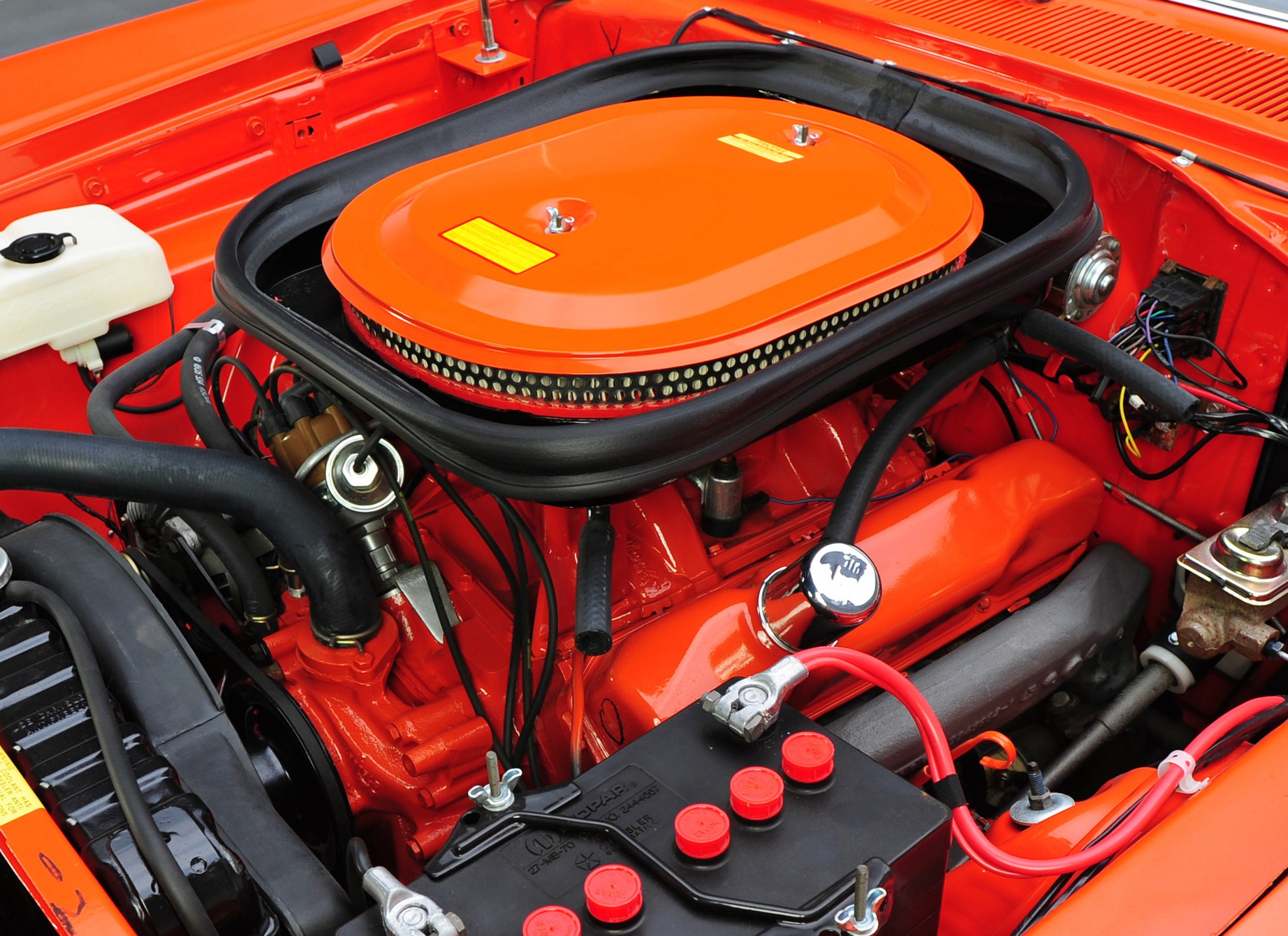
The 440 engine had plenty of fancy names to go along with its cubic inch designation. To start with, the engine was called different things around the different divisions of Chrysler. Dodge 440s carried the Magnum name. Plymouth 440s were referred to as the Super Commando and Chrysler carried the TNT decal. All of the engines carried the same basic design and horsepower ratings, it was just to differentiate the makes – like that of a GTX and a Road Runner.
Further than the above, however, the engines also carried the Six-Pack name after the tri-carb setup was added in 1969. Thus, you would change your Dodge Coronet from a Magnum 440, to a Six-Pack 440. Plymouth and Dodge would also use the moniker A12 to designate the 440-6 option. Chrysler never had a 440-6 option, but the idea of a New Yorker with a Six-Pack option would have been something to see.
Power Corrupts
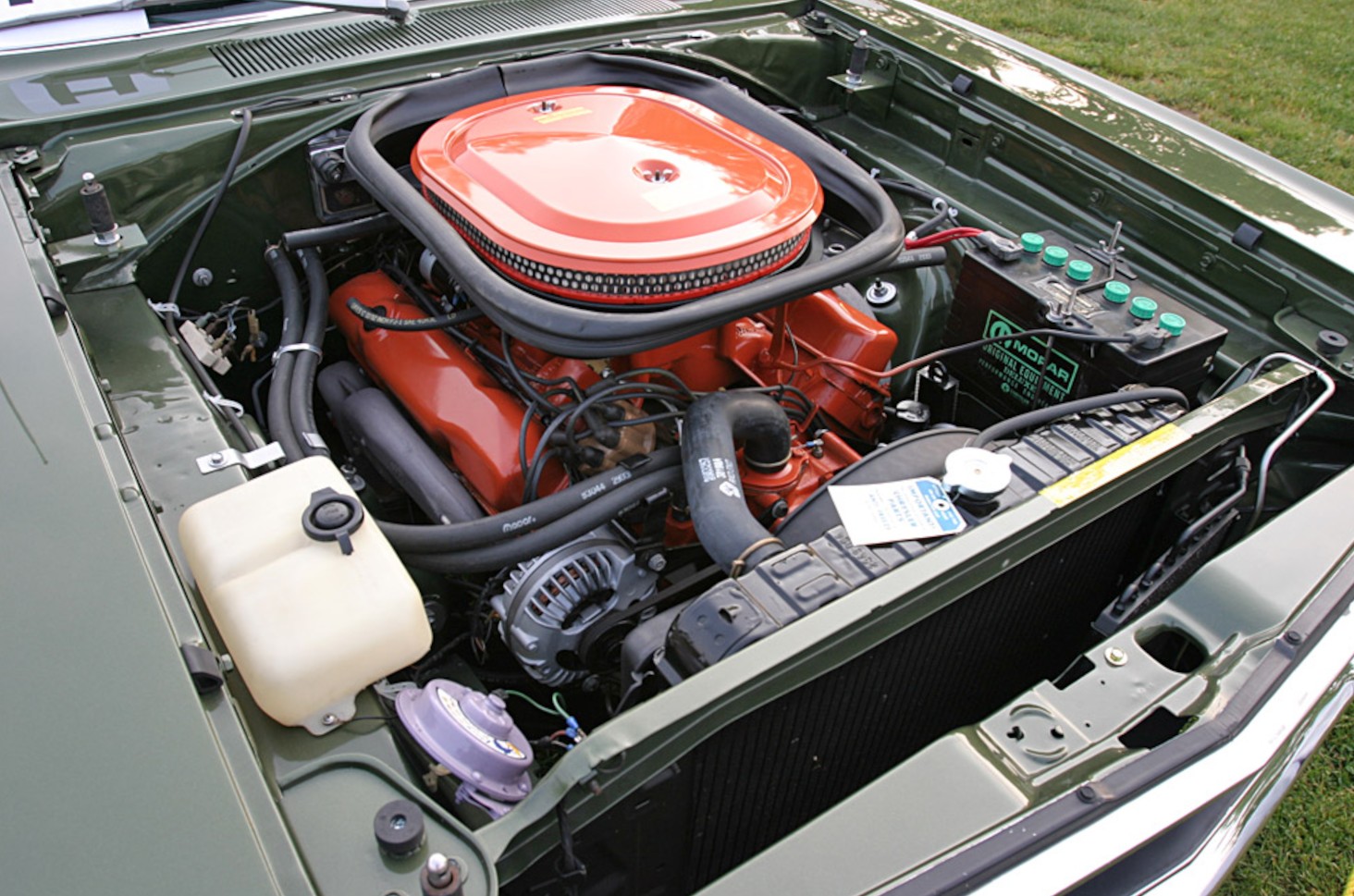
The 440 never had the specs and speed that the Hemi did, but it was a powerful entity itself. With its most powerful form being a 440 Six-Pack (3-2 barrel carbs) unleashing 390 crazed horses, the 440 was a stone’s throw from the mighty Hemi. The engine also had 480lb-ft of torque – just slightly less than the Hemi’s 490. No matter as both would liquefy tires faster than the owner could make money to buy them.
Chrysler’s 440 would span some 14 years and be as lowly as 190hp. For motorcars, most were of the 375hp Magnum variety and those cars were one of the better dollar-per-hp deals on the market. With unending torque, these engines could rocket the smaller cars and make all but the biggest cars feel race-bred. Slap headers and custom exhaust, and your dad’s station wagon sounded as if on the ¼mile starting line.
Performance Examples
| 440/440-6 Tested | ¼ Mile Time @ Speed |
| 1967 Dodge Coronet R/T |
14.3 @ 99 mph (Super Stock) |
| 1967 Plymouth GTX | 14.4 @ 92.8 mph (Car & Driver) |
| 1968 Dodge Charger R/T |
14.9 @ 95 mph (Motor Trend) |
| 1968 Dodge Coronet R/T |
13.83 @ 102.3 mph (Super Stock) |
| 1969 Dodge Charger 500 |
13.9 @ 101.4 mph (Motor Trend) |
| 1970 Plymouth Roadrunner |
14.06 @ 101.6 mph (Motor Trend) |
| 1971 Plymouth Cuda | 13.72 @ 106 mph (Super Stock) |
| 1972 Dodge Challenger Rallye |
14.8 @ 91.8 mph (HPC) |
As noted before and you can see from the ¼mile times above, the 440ci engine was not nearly as quick as the Hemi. The Hemi routinely – in similar sized cars – would run in the mid-to-high 13s and the overall speed was higher. The overall consensus is that the 440 did have a better launch and therefore zero-to-60 time, but it could not outrun the Hemi.
So it was, but not without the 440 winning out in other vital areas. It was cheaper. Much cheaper. It was also readily available for more cars and more applications. You’d never find a 426 Hemi RV, but the 440 was used in many of them. It was also used over more years as the Hemi stopped in 1971 and the 440 went on all the way to 1978.
More importantly than all of the above is the current price discrepancy. Hemi cars of the past few years have commanded some 30-50% higher price tag then the Hemi counterparts and, besides the bragging rights, are no less amazing. You would have a heck of a time explaining to someone why a ’69 Coronet Hemi was priced $30,000 more than a Coronet R/T 440. I have been studying cars my whole life and I cannot tell you either.
1969 Dodge Charger R/T Engine Specs*
| Engine | OHV, 90o V8 |
| Bore X Stroke | 4.25 x 3.75 |
| Displacement Cu. in. | 439.7 |
| Compression Ratio | 10.1 |
| BHP | 375 @ 4600 |
| Torque | 480 @ 3200 |
| Carburation | Carter – 1- 4barrel |
| Valve Operation | Mechanical lifters, pushrods, overhead rocker arms |
| Exhaust System | Dual reverse-flow mufflers |
| Transmission | 3-Speed Torqueflite Automatic |
| 0-60 mph | NA |
| 0-100 mph | 13.3 (est) |
| 0-¼ mile | 13.9 @ 101.4 mph |
| Top Speed | NA |
| Price as Tested | NA |
* Motor Trend 1969
Change Ends a Legend
By the latter half of the 1970s the need for larger engines became less and less forefront in automobile purchases. Most 440s were installed primarily in very large family cars, RVs and trucks and where Chrysler had little need for all three, the big block was discontinued with little fanfare. That, coupled with the newer emission restrictions, made bigger engines obsolete.
Today, the 440 is a mainstay in muscle car collecting and is still a great deal compared to the Hemis and 427s of the auto world. It is big, beefy, and easy to modify making it the choice in hot-rodding.
Honestly, with the tens of thousands saved over the Hemi, I’m sure you’d find a way to even the odds!


